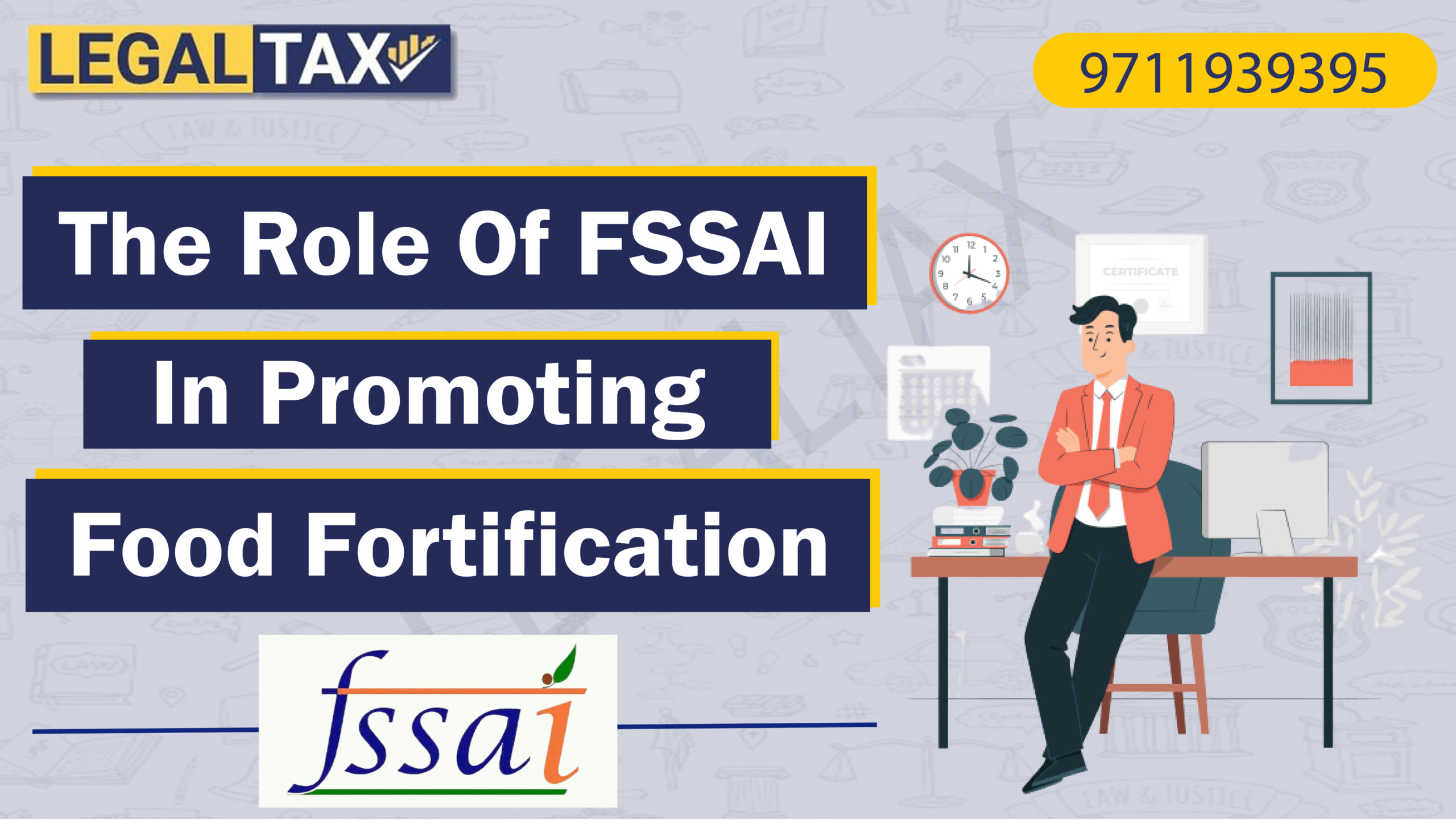Introduction:
Food fortification is the process of adding essential micronutrients to commonly consumed foods, such as wheat flour, rice, salt, milk, and edible oils, to address widespread nutrient deficiencies. The lack of essential micronutrients in the diet can result in poor physical and cognitive development, reduced productivity, and increased healthcare costs. In India, the Food Safety and Standards Authority of India (FSSAI) plays a vital role in promoting food fortification as a cost-effective and sustainable strategy to improve the nutritional status of the population.
The Burden of Malnutrition and Micronutrient Deficiencies in India:
Malnutrition and micronutrient deficiencies are major public health problems in India. According to the National Family Health Survey-5 (NFHS-5), nearly half of all children under five years of age in India are anemic, and over one-third of adult women suffer from anemia. Additionally, vitamin A deficiency affects over 60% of children under five years of age, and over 22% of women of reproductive age have a low body mass index (BMI), indicating chronic energy deficiency. Similarly, iodine deficiency disorders (IDDs), which can cause goiter and mental impairment, are still prevalent in several parts of the country.
The Importance of Food Fortification:
Food fortification has been recognized as an effective and sustainable strategy to address micronutrient deficiencies. It is a simple and cost-effective approach to improving the nutritional quality of food without changing dietary habits or food preferences. The process involves adding vitamins, minerals, and other essential nutrients to commonly consumed foods during processing or production. Food fortification has been successfully implemented in several countries, including the United States, Canada, and several countries in Latin America and Africa.
The Role of FSSAI in Promoting Food Fortification:
The FSSAI has been actively promoting food fortification in India through various initiatives and programs to address the growing burden of malnutrition and micronutrient deficiencies.
Mandatory Fortification:
The FSSAI has been promoting food fortification through mandatory fortification of some commonly consumed foods. In 2018, the FSSAI made the fortification of wheat flour with iron, folic acid, and vitamin B12 mandatory in India. The mandatory fortification of wheat flour was a significant step towards improving the nutritional quality of food and addressing the high prevalence of anemia in the country. The FSSAI has also made the fortification of milk with vitamin A and D mandatory in India. Milk is a commonly consumed food in India, and the fortification of milk with essential vitamins can help address the high prevalence of vitamin A and D deficiencies.
Awareness Campaigns:
The FSSAI has launched various awareness campaigns to promote food fortification and improve the understanding of the importance of essential micronutrients in the diet. The “Eat Right India” campaign launched by the FSSAI aims to promote healthy eating habits and improve the nutritional status of the population. The campaign focuses on promoting the consumption of fortified foods and educating the public on the importance of essential micronutrients in the diet. The FSSAI has also launched a “Food Fortification Resource Centre” to provide technical support and resources to the food industry for the production and distribution of fortified foods.
Strengthening the Regulatory Framework:
In addition to these initiatives, the FSSAI has also been working to strengthen the regulatory framework for food fortification in India. The FSSAI has developed a set of standards for fortification of various foods
and has set maximum limits for the addition of essential micronutrients. The FSSAI also provides guidance to the food industry on the production, labeling, and packaging of fortified foods to ensure their quality and safety.
Collaboration with the Food Industry:
The FSSAI has been collaborating with the food industry to promote the production and distribution of fortified foods. The FSSAI has launched a “Food Fortification Logo” to identify fortified foods and help consumers make informed choices. The logo is mandatory for all fortified foods, and its use is monitored by the FSSAI. The FSSAI also provides incentives to the food industry for the production of fortified foods, such as tax exemptions and subsidies.
Challenges and Future Directions:
Despite the significant progress made by the FSSAI in promoting food fortification, there are several challenges that need to be addressed to ensure the success of the program. One of the main challenges is the lack of awareness and understanding of the importance of essential micronutrients in the diet among the general public. The FSSAI needs to continue its efforts to educate the public on the benefits of fortified foods and the risks associated with micronutrient deficiencies.
Another challenge is the lack of access to fortified foods, especially in rural areas. The FSSAI needs to work with the food industry to increase the availability of fortified foods in rural areas and ensure that they are affordable for all sections of the population.
Conclusion:
In conclusion, food fortification is an effective and sustainable strategy to address the burden of malnutrition and micronutrient deficiencies in India. The FSSAI has played a crucial role in promoting food fortification through mandatory fortification, awareness campaigns, strengthening the regulatory framework, and collaboration with the food industry. The FSSAI needs to continue its efforts to ensure that fortified foods are accessible and affordable for all sections of the population and to educate the public on the importance of essential micronutrients in the diet. By promoting food fortification, the FSSAI can help improve the nutritional status of the population and contribute to better health outcomes.

